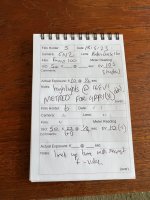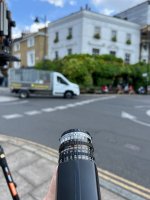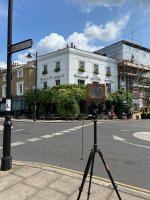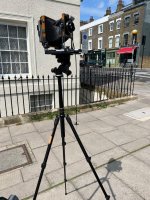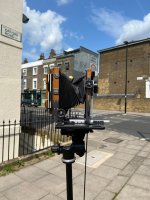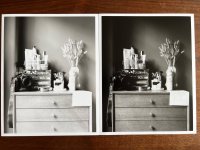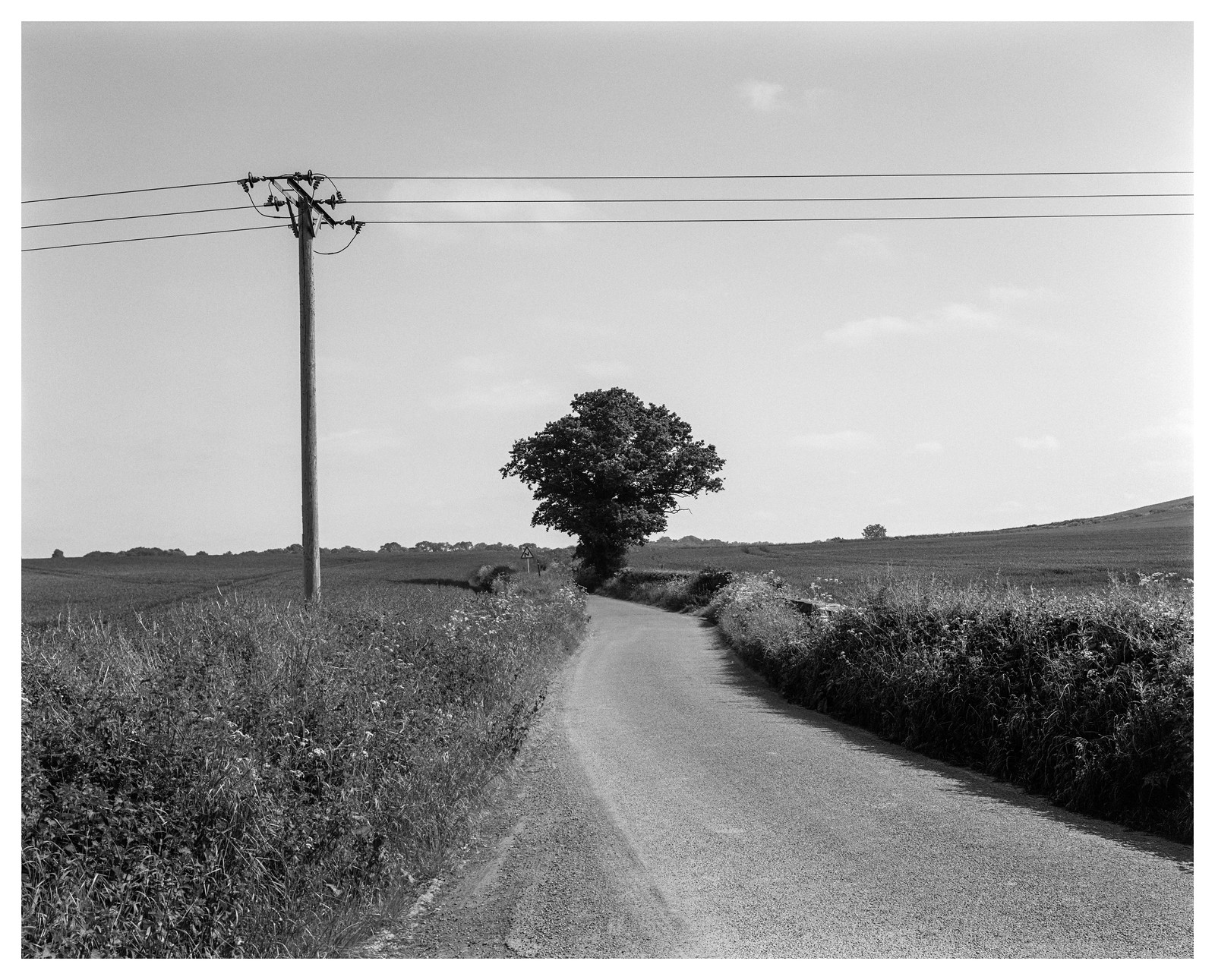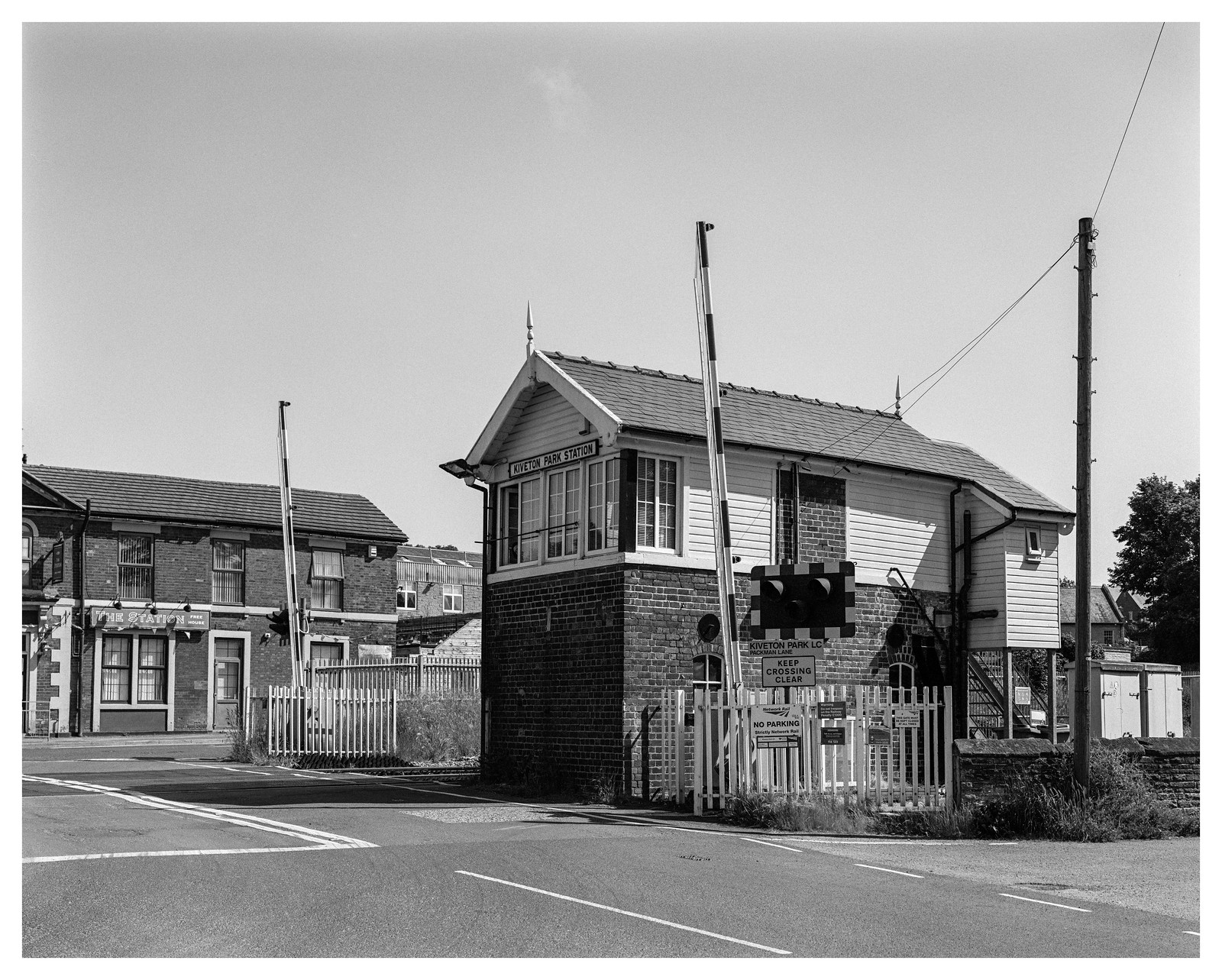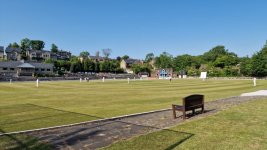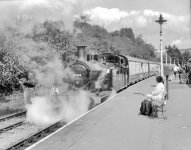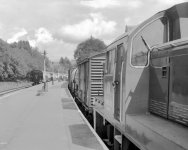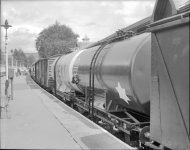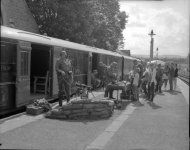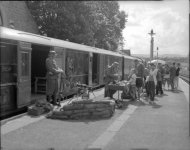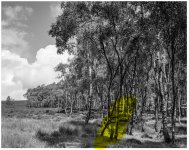D
Deleted member 95430
Guest
Anyone here using D23 with foma? I'm trying to stick to 1 film one dev combination for now
All over the web I hear different things and not much documentation which is expected as the original d23 is so old
What I've read so far ha!:
d23 needs 250ml per 80 sq inch
d23 needs 200ml per 80sq per film
should be used straight
should be used 1:1 for better sharpness
use d76 times for d23
if use 1:1 then double the times
I know this is up for debate when it comes to bnw, I would like though a good starting point. Even the massive dev doesnt seem to agree with itself

All over the web I hear different things and not much documentation which is expected as the original d23 is so old
What I've read so far ha!:
d23 needs 250ml per 80 sq inch
d23 needs 200ml per 80sq per film
should be used straight
should be used 1:1 for better sharpness
use d76 times for d23
if use 1:1 then double the times
I know this is up for debate when it comes to bnw, I would like though a good starting point. Even the massive dev doesnt seem to agree with itself


